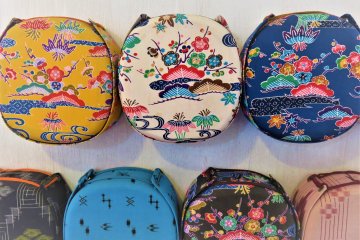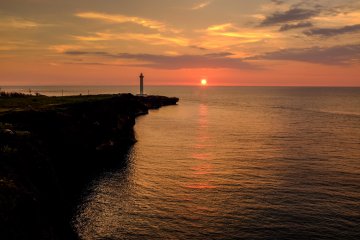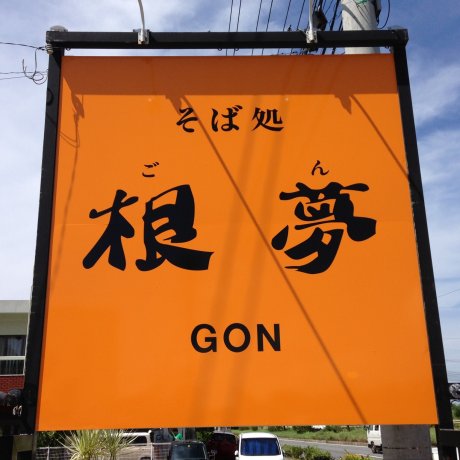

23°
Yomitan
Known for its pottery, beaches, castle and lighthouse
Things to do in Yomitan

173
8


4
Where to eat in Yomitan
 15
15
Food
Ocean's Pizza
Michael FlemmingOcean's Pizza in the Gala Shopping Center along the waterfront in Yomitan Village

 8
8
Japanese
Gon Soba
Michael FlemmingDelicious traditional Okinawan Soba at a growing small chain of soba shops
Latest Yomitan Reports

Food
Bloom Coffee Okinawa
KimBloom Coffee in Okinawa offers a range of different eats and drinks, including the menu favorite - the Okinawan Brown Sugar latte...
 10
10
Activities
Toguchi Beach Park
Michael FlemmingToguchi Beach Park: A Low Tide Adventure along the China Sea and Hija River in Yomitan Village, Okinawa

Culture
Belmont Church of Hija in Yomitan
Michael FlemmingBelmont Church of Hija in Yomitan is a small non-denominational Christian church that offers all of its services and ministries..


















